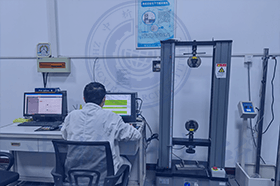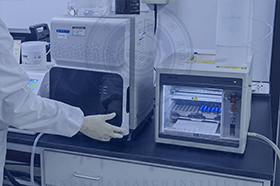檢測項目(部分)
全部參數
還原高錳酸鉀物質
乙酸酐含量
蒸發殘渣
色度
鐵含量
檢測樣品(部分)
工業乙酸酐
乙酸酐
檢測標準(部分)
本部分適用于工作場所空氣中乙酸酐、馬來酸酐和鄰苯二甲酸酐濃度的檢測。
Hydroxyl is an important functional group and knowledge of its content is required in many intermediate and end use applications. The test methods described herein are for the determination of primary and secondary hydroxyl groups and can be used for the assay of compounds containing them.
1.1 These test methods cover the determination of hydroxyl groups attached to primary and secondary carbon atoms in aliphatic and alicyclic compounds and phenols.
1.2 Three test methods are given as follows:
| Sections | |
| Test Method A (Pressure Bottle Method) | 8-14 |
| Test Method B (Reflux Method) | 15-21 |
| Test Method C (Perchloric Acid Catalyzed Method) | 22-28 |
1.2.1 Test Method A is recommended for general use. Test Method B is included to give a standard procedure for the method that has been used widely. Test Method C is recommended when the results are required in a minimum period of time or where ambient temperature for the reaction is desired.
1.2.2 The results obtained using Test Methods A and B will be essentially the same but the results obtained using Test Method C will be higher (up to approximately 4 % relative) than those obtained using the other two methods.
1.2.3 Statements on precision are included with each test method. The precision of Test Methods A and C is consistent over a wide range of hydroxyl content (tested over hydroxyl number range of 250 to 1600) whereas Test Method B is less precise at the higher hydroxyl content level than it is at the lower hydroxyl content level. In general Test Method A is approximately two-fold as precise as Test Method C. Test Method B has approximately the same precision as Test Method C at the lower hydroxyl content level but poorer precision at the higher hydroxyl content level.
1.2.4 The interferences are essentially the same for the three methods. Some compounds can be analyzed using Test Methods A or B but not using Test Method C because of interfering reactions of the strong acid catalyst with the compound being analyzed or the acetate product formed in the determination. However because of its increased reactivity Test Method C is applicable for determination of some compounds particularly sterically hindered secondary alcohols which react too slowly or not at all in Test Methods A and B.
1.3 The values stated in SI units are to be regarded as the standard.
1.4 Review the current appropriate Material Safety Data Sheets (MSDS) for detailed information concerning toxicity first aid procedures and safety precautions.
1.5 This standard does not purport to address all of the safety concerns if any associated with its use. It is the responsibility of the user of this standard to establish appropriate safety and health practices and determine the applicability of regulatory limitations prior to use. Specific hazards statements are given in Section 7.
Note 1--Other methods for determination of hydroxyl groups are given in Test Methods D1957 D2195 E326 E335 and E567.
1.1 These test methods cover the determination of hydroxyl groups attached to primary and secondary carbon atoms in aliphatic and alicyclic compounds and phenols.
1.2 Three test methods are given as follows:
| Sections | |
| Test Method A (Pressure Bottle Method) | 8-14 |
| Test Method B (Reflux Method) | 15-21 |
| Test Method C (Perchloric Acid Catalyzed Method) | 22-28 |
1.2.1 Test Method A is recommended for general use. Test Method B is included to give a standard procedure for the method that has been used widely. Test Method C is recommended when the results are required in a minimum period of time or where ambient temperature for the reaction is desired.
1.2.2 The results obtained using Test Methods A and B will be essentially the same but the results obtained using Test Method C will be higher (up to approximately 4 % relative) than those obtained using the other two methods.
1.2.3 Statements on precision are included with each test method. The precision of Test Methods A and C is consistent over a wide range of hydroxyl content (tested over hydroxyl number range of 250 to 1600) whereas Test Method B is less precise at the higher hydroxyl content level than it is at the lower hydroxyl content level. In general Test Method A is approximately two-fold as precise as Test Method C. Test Method B has approximately the same precision as Test Method C at the lower hydroxyl content level but poorer precision at the higher hydroxyl content level.
1.2.4 The interferences are essentially the same for the three methods. Some compounds can be analyzed using Test Methods A or B but not using Test Method C because of interfering reactions of the strong acid catalyst with the compound being analyzed or the acetate product formed in the determination. However because of its increased reactivity Test Method C is applicable for determination of some compounds particularly sterically hindered secondary alcohols which react too slowly or not at all in Test Methods A and B.
1.3 The values stated in SI units are to be regarded as the standard.
1.4 Review the current appropriate Material Safety Data Sheets (MSDS) for detailed information concerning toxicity first aid procedures and safety precautions.
1.5 This standard does not purport to address all of the safety concerns if any associated with its use. It is the responsibility of the user of this standard to establish appropriate safety and health practices and determine the applicability of regulatory limitations prior to use. Specific hazards statements are given in Section 7.
Note 1--Other methods for determination of hydroxyl groups are given in Test Methods D1957 D2195 E326 E335 and E567.
本標準適用于對以乙酸酐或乙酸和苯乙醇為原料經化學反應制得的乙酸苯乙酯的質量進行分析評價。

檢測資質(部分)










檢測優勢
檢測實驗室(部分)





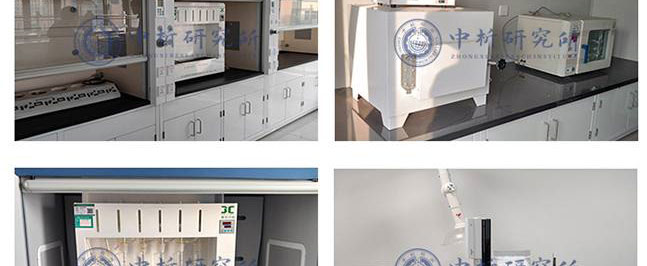
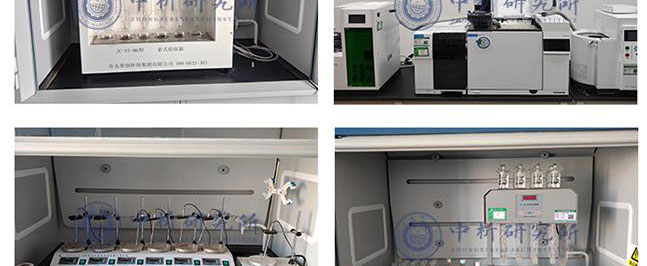
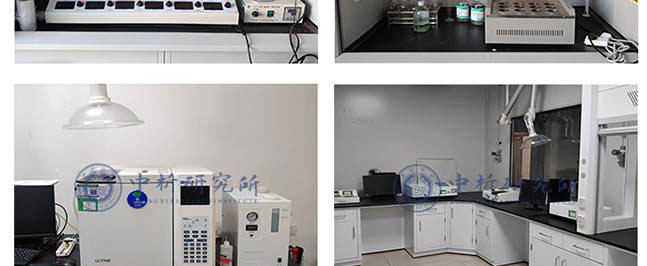
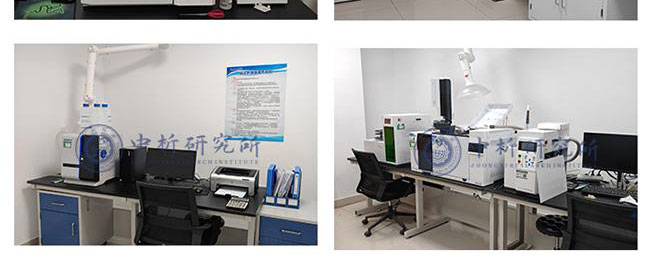
合作客戶(部分)





檢測報告作用
1、可以幫助生產商識別產品的潛在問題或缺陷,并及時改進生產工藝,保障產品的品質和安全性。
2、可以為生產商提供科學的數據,證明其產品符合國際、國家和地區相關標準和規定,從而增強產品的市場競爭力。
3、可以評估產品的質量和安全性,確保產品能夠達到預期效果,同時減少潛在的健康和安全風險。
4、可以幫助生產商構建品牌形象,提高品牌信譽度,并促進產品的銷售和市場推廣。
5、可以確定性能和特性以及元素,例如力學性能、化學性質、物理性能、熱學性能等,從而為產品設計、制造和使用提供參考。
6、可以評估產品是否含有有毒有害成分,以及是否符合環保要求,從而保障產品的安全性。
檢測流程
1、中析研究所接受客戶委托,為客戶提供檢測服務
2、客戶可選擇寄送樣品或由我們的工程師進行采樣,以確保樣品的準確性和可靠性。
3、我們的工程師會對樣品進行初步評估,并提供報價,以便客戶了解檢測成本。
4、雙方將就檢測項目進行詳細溝通,并簽署保密協議,以保證客戶信息的保密性。在此基礎上,我們將進行測試試驗.
5、在檢測過程中,我們將與客戶進行密切溝通,以便隨時調整測試方案,確保測試進度。
6、試驗測試通常在7-15個工作日內完成,具體時間根據樣品的類型和數量而定。
7、出具檢測樣品報告,以便客戶了解測試結果和檢測數據,為客戶提供有力的支持和幫助。
以上為乙酸酐檢測的檢測內容,如需更多內容以及服務請聯系在線工程師。






